- Home›
- Healthy Living›
- 8 Signs And Symptoms Of A Blood Clot To Watch Out For In Your Leg
8 Signs And Symptoms Of A Blood Clot To Watch Out For In Your Leg
By: Priyanka Maheshwari Wed, 14 Aug 2024 08:54:02
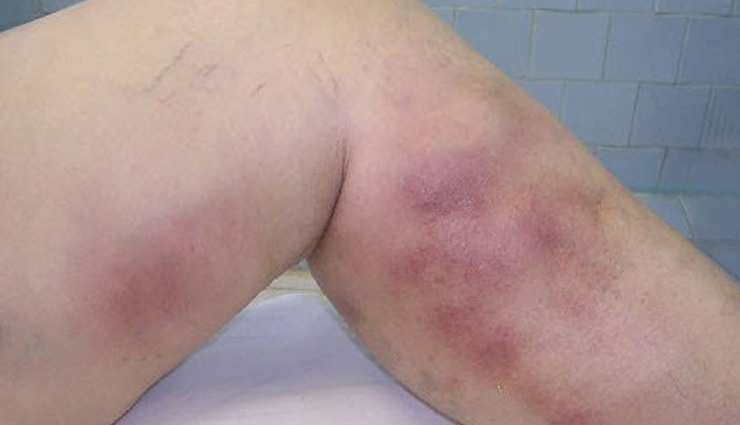
Blood clots play a vital role in the body’s healing process. They form to stop bleeding and start repair when we are injured. However, when clots form inappropriately within a vein, they can become dangerous and even life-threatening.
This is especially true for clots that develop in the deep veins of the leg, a condition known as deep vein thrombosis (DVT). If a portion of the clot breaks free, it can travel to the lungs and cause a pulmonary embolism (PE), which can be fatal.
Recognizing the warning signs and symptoms of a blood clot in the leg is crucial for timely intervention and treatment. Learn how to identify a potentially life-threatening blood clot and the actions to take if you suspect one.
Typically, blood clots in the leg occur in the deep veins, particularly in the lower leg and thigh. DVT can result from various factors, including prolonged immobility, surgery, certain medications, and underlying medical conditions.
While some clots may resolve on their own, others can present serious health risks. A dangerous situation arises if the clot breaks loose and travels to the lungs, leading to a pulmonary embolism (PE). PE can cause severe complications, such as difficulty breathing, chest pain, and even death. Promptly recognizing DVT symptoms and seeking medical attention is essential to prevent these outcomes.
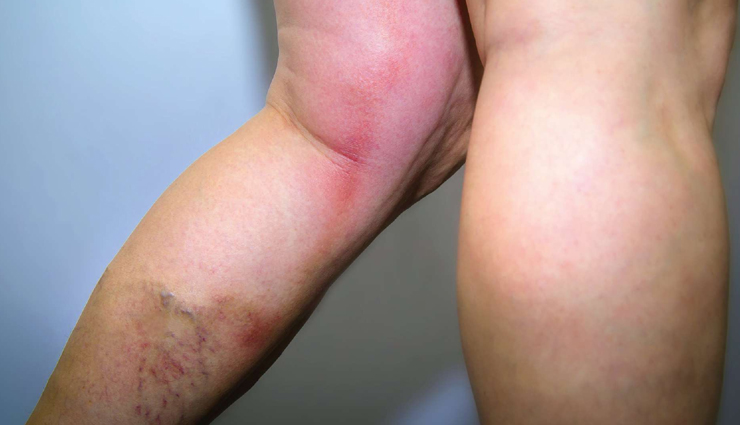
# Swelling in the Affected Leg
Swelling is a common symptom of a blood clot in the leg. It usually occurs in one leg (though it can affect both) and can appear suddenly or gradually. This swelling is caused by the obstruction of blood flow in the vein, leading to fluid buildup. It may be confined to a specific area or involve the entire leg. Persistent or worsening swelling, especially when accompanied by other DVT symptoms, should prompt you to seek medical attention.

# Pain or Tenderness
Pain or tenderness in the leg can also signal a blood clot. This pain often begins in the calf and may feel like cramping or soreness, intensifying with standing or walking. It results from increased pressure in the veins due to the clot obstructing blood flow. Unlike typical muscle pain that eases with rest, DVT-related discomfort may persist and worsen. If you have unexplained leg pain, particularly with swelling, consult a healthcare provider.
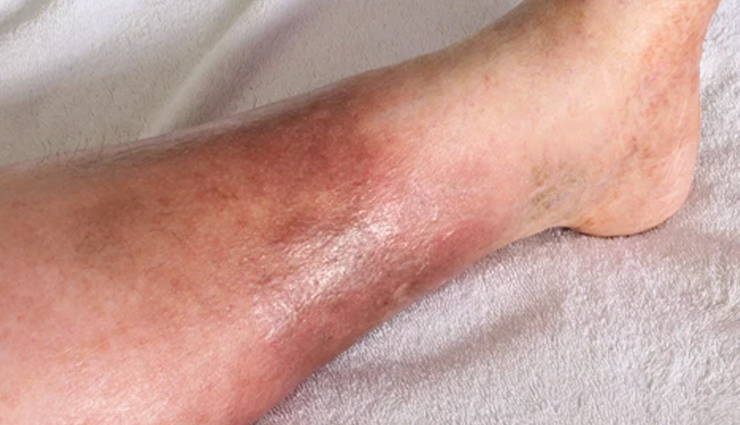
# Red or Discolored Skin
Changes in skin color over the affected area can indicate a blood clot. The skin may turn red or have a bluish tint due to blood pooling from the vein blockage. The affected skin might also feel warmer compared to surrounding areas. This discoloration is often localized but can sometimes cover a larger part of the leg. Red or discolored skin, especially with swelling and pain, should be evaluated by a doctor immediately.
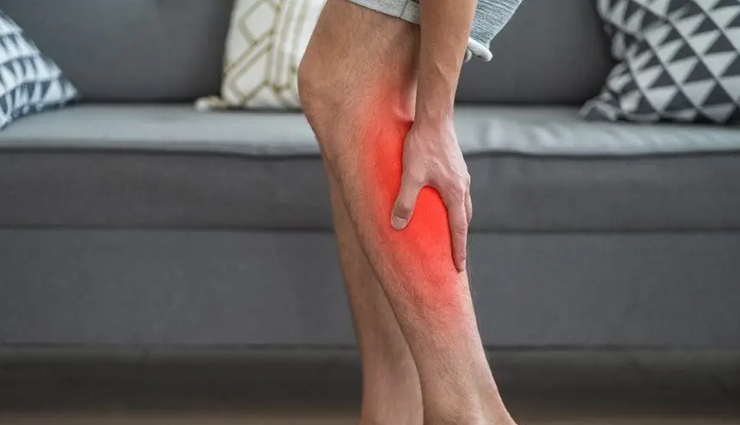
# Warmth in the Leg
A sensation of warmth in the leg can be another sign of a blood clot. This warmth results from increased blood flow as the body tries to bypass the blockage. The skin over the clot may feel notably warmer than the rest of the leg. This symptom, along with swelling, pain, and discoloration, strongly suggests DVT and requires prompt medical attention.

# Leg Fatigue or Weakness
DVT may cause fatigue or weakness in the affected leg due to reduced circulation and oxygen supply to the muscles. The leg may feel heavy, tired, or weak, especially during physical activity. Although this symptom can be subtle, it should be taken seriously, particularly when combined with other DVT symptoms, and evaluated by a healthcare provider.

# Difficulty Breathing and Chest Pain
If a blood clot travels to the lungs and causes a pulmonary embolism (PE), it can result in severe symptoms such as difficulty breathing and chest pain. These symptoms may appear suddenly and can be accompanied by rapid heartbeat, sweating, and a feeling of impending doom. Breathing difficulty might feel like shortness of breath or an inability to take deep breaths, while chest pain is often sharp and worsens with deep breaths. These symptoms are an emergency and require immediate medical attention.
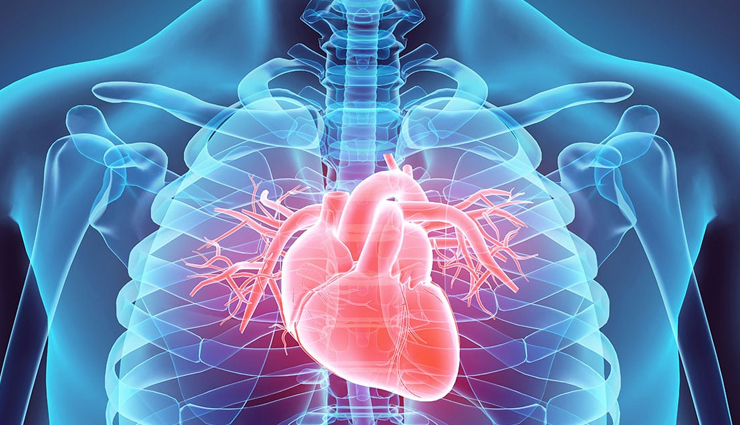
# Rapid Heartbeat
A rapid or irregular heartbeat can indicate a blood clot that has moved to the lungs, resulting in PE. The heart may beat faster as it struggles to pump blood through blocked lung arteries. This symptom, along with other PE signs like difficulty breathing, chest pain, and lightheadedness, should be taken seriously and warrants prompt medical evaluation.

# Lightheadedness or Fainting
Lightheadedness or fainting may occur if a blood clot significantly obstructs blood flow in the lungs, leading to decreased oxygen levels. This can cause dizziness, lightheadedness, or even fainting. These symptoms can be severe and often signal a serious pulmonary embolism. Immediate medical attention is essential to manage these symptoms and prevent further complications.





